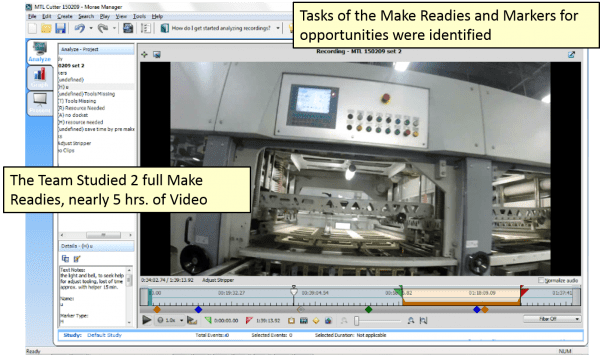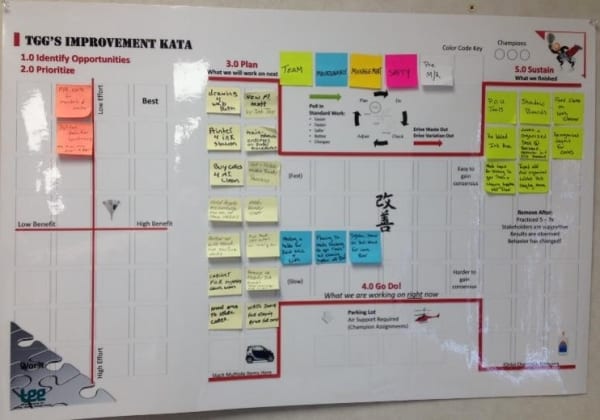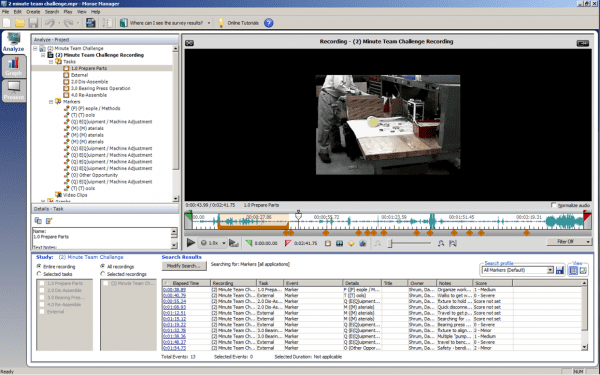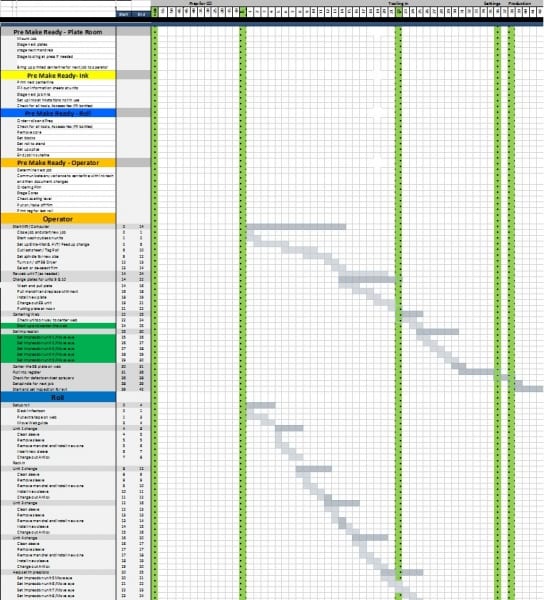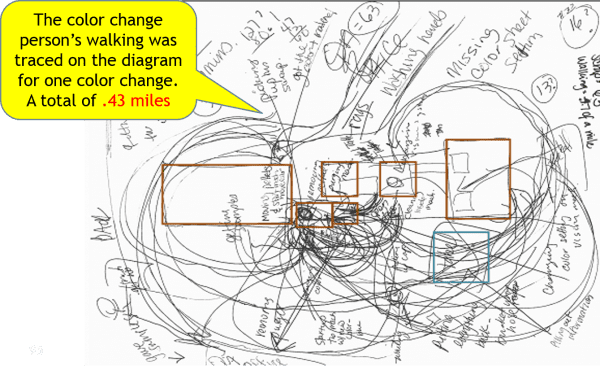Single Minute Exchange of (anything) – Equipment Reliability
Description:
In every business (operative word is every business) there are critical tasks that drive the overall lead time or turn-around time of our products and services. One of the tools that TGG applies to reduce the lead time of these critical tasks is called SMED.
SMED is single minute exchange of dies. Unfortunately, many companies stop reading here because they feel this tool only relate to manufacturers. For this reason our description is ‘single minute exchange of …. anything.’
Below are typical applications of SMED:
- Emergency rooms
- Operating rooms
- Transactional applications (filling out a loan application, submitting a proposal, etc.)
- Any selling transaction (sell of a physical product like a boat or car)
- Equipment and/or manufacturing assets
- And many, many (many) others
SMED is one of the most frequently requested services from TGG and we have decades of experience in this area. From the many customers that we work with and know across the country, we commonly hear that TGG is the best in the area of SMED analysis. From the software that we use – to the cameras – to the team involvement – to the certification process.
It used to be the large that ate the small. Today it’s the fast that eat the slow
– Reduce your lead time
– Reduce your analysis time
– Reduce your errors / waste
– Improve your forecast accuracy
All by 50% with TGG’s application of SMED
Most businesses fight the same fight every single day. Changing forecasts from their customers. Most clients that we typically work with only receive a forecast that is 30% accurate; which means, that the other 70% of the time there are very late changes the schedule. The resolution to this problem is typically the same. Have a lead time so short that we ‘don’t care’ about late schedule changes.
The analysis can be difficult
If your application has multiple people, or resources, working in parallel then changing your process to resemble a “NASCAR-quick” pit stop may be – well, difficult. With the tools that we use, we can analyze 10 and even up to 15 independent resources being applied at the same time within the same application.
Duration
3 days SCO
10 days RUN (split into two sessions)
3 days Evaluate
Typical Outcomes:
- 25% reduction of scrap and waste
- 50% reduction of lead time
- Creation of standard work that allows best practices to be distributed among all employees
- Sustained improvements – your team performs their own analysis with our help

